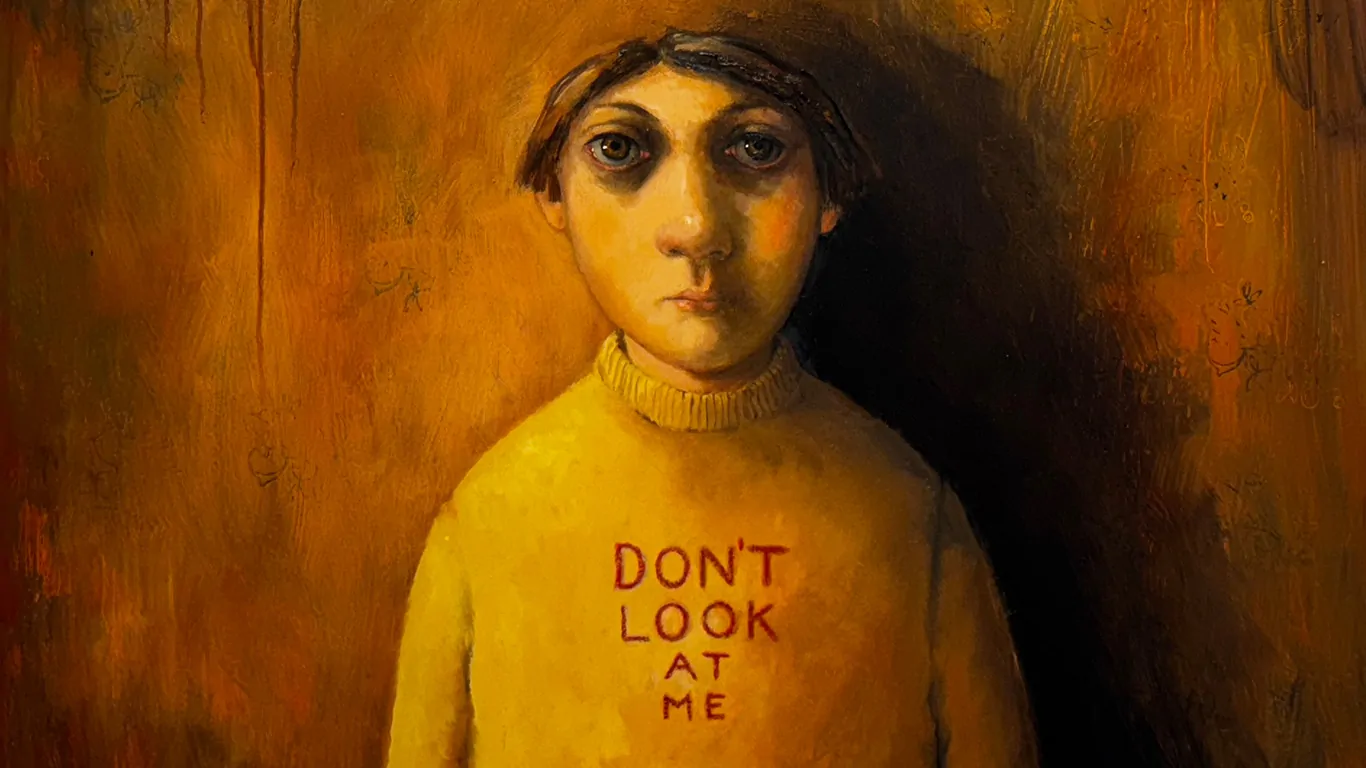While whispers of decline swirl through drawing rooms and social media, the art market isn’t collapsing — it’s recalibrating.
There’s a growing narrative – particularly echoing around Mayfair dinner tables and Instagram
comment sections, that the art market is in trouble. That it’s shrinking, splintering, collapsing
under the weight of its own elitism, speculative cycles, or post-pandemic fatigue. But let’s be
clear: the art market isn’t failing. It’s evolving. And if anything, it’s reforming for the better.
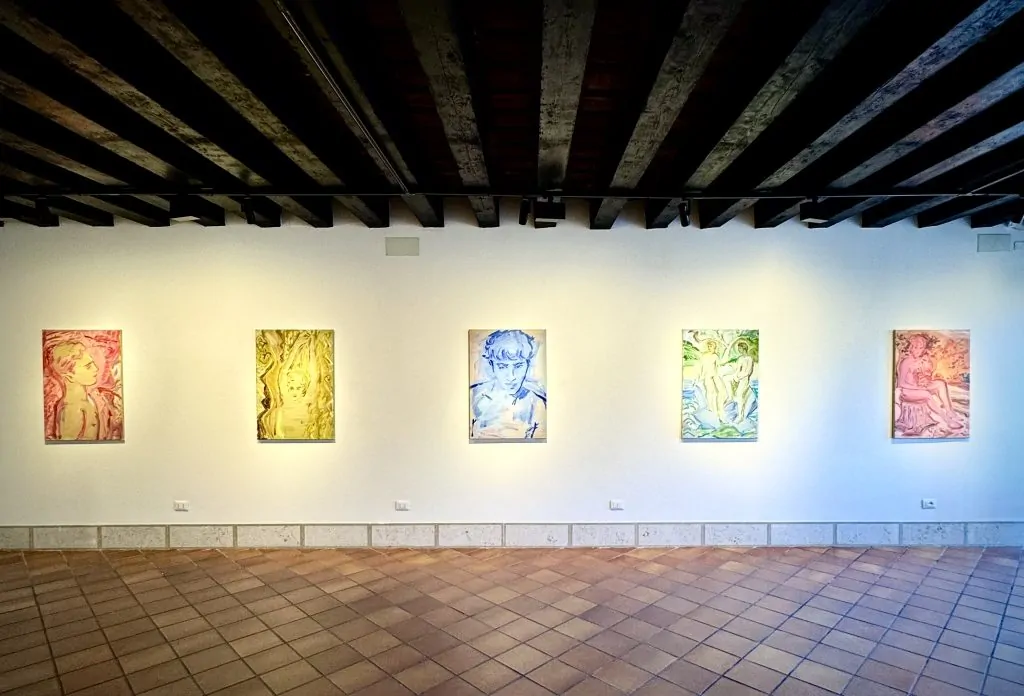
© James Marshall
The End of an Era (and that’s a good thing!)
The perception of failure often comes from those used to a particular kind of success: the megagallery sale, the seven-figure auction hammer price, the guaranteed return for collectors who’ve spent years at the right dinners. But those very mechanics: private views soaked in champagne, whispered deals behind locked doors, a performative sense of access – have become not only tired, but counterproductive.
As the art world attempts to democratise without truly letting go of its exclusivity, we create a strange hybrid. Supposedly open, but still drenched in coded signals. And collectors (especially newer, younger ones) are seeing through it. The appetite for smaller artists with rawer narratives and real-time visibility isn’t a dip in market standards, it’s a rightful rebalancing.
Less Champagne, More Connection
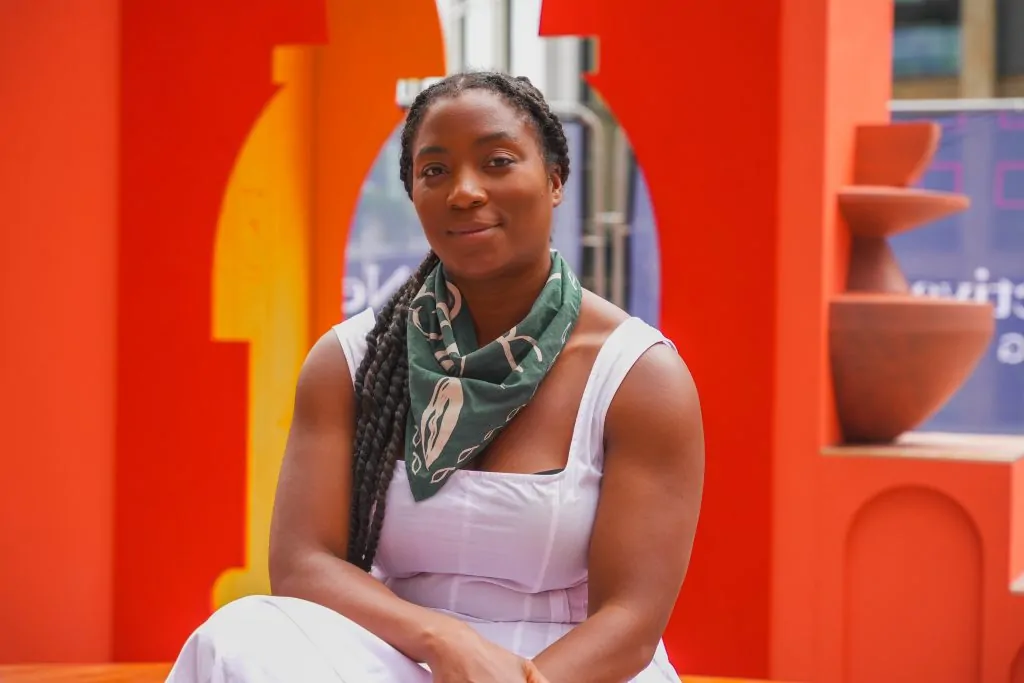
media for her growth, in front of recently unveiled ‘Temple of Relic’ pavilion in Shoreditch
© James Marshall
One reason we’re seeing growing collector interest in emerging artists is precisely because it feels more authentic. There’s less bureaucracy, less façade, and more chance to directly engage with the artist. You follow their practice on Instagram, attend open studios, see the progression unfold day by day. According to Artsy’s 2024 Collector Report, over 45% of collectors under 40 discovered their most recent acquisition through social media or artist-led platforms. In the UK, younger collectors are driving a surge in primary market activity, particularly in the under-£20,000 range. This isn’t failure, it’s redistribution.
The Mid-Market Is Booming
Despite the headlines, global art sales reached $65 billion in 2023, up 4% year-on-year. The
biggest growth was in the sub-$50,000 bracket — especially in the UK and EU. London, for all its
challenges, remains one of the top three global art hubs. So when we hear that “the market is failing,” what we’re often hearing is that the high-end model is changing. Mega-galleries are the ones pulling out. Fold, Flock & Simon Lee ‘closed’ not because interest vanished, but because the cost-benefit equation shifted.
The emerging and mid-tier sectors, by contrast, are thriving. That’s not failure – that’s redistribution. We’re not watching a market die, we’re watching it become more like a living culture and less like a luxury asset class.
Uncertainty Has Bred Agility
Yes, there’s been disruption. Brexit complications, inflation, post-COVID recalibrations, and of course the rise and fall of NFTs. But those disruptions didn’t hollow out the market, they revealed its ability to succumb.
For two years, blockchain-based artworks like Beeple’s Everydays flipped the auction system on its head. Sotheby’s and Christie’s scrambled to digitise overnight. Then the NFT boom cooled. But it left behind real infrastructure and a more digitally fluent collector base.
It also exposed how fast institutions were willing to follow capital, and how shallow that chase can be. That disillusionment drove many buyers back toward integrity-led collecting. Smaller artists, more passion, less noise.
Visibility Has Changed Everything
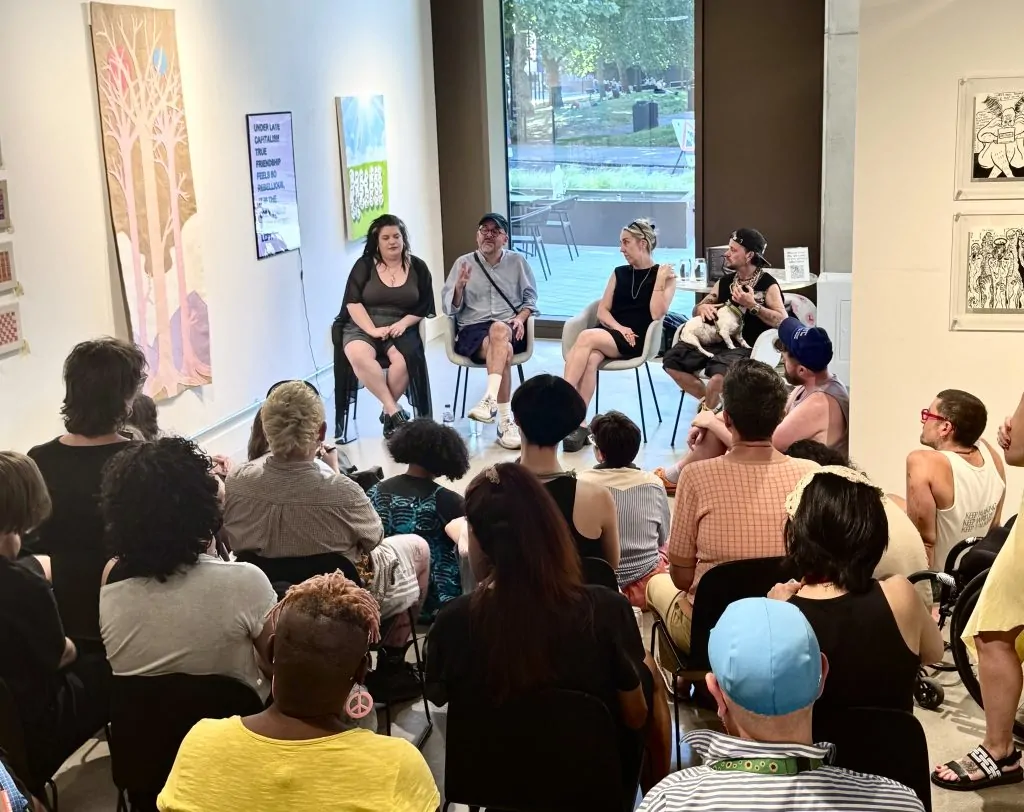
career pathways at Talisman Exhibition, 185 Park St
© James Marshall
I attended a talk at Cardion Arts’ Talisman exhibition last week, artist Jonathan Baldock said he was an odd-one-out for having a website in the 2000s. Now, without one, a gallery might not even consider you. The artist-audience relationship is no longer mediated solely by dealers, critics, or collectors. Today, artists are more accessible than ever. They share process, experimentation, failure.
We don’t need gossip or whispers to know who’s making great work. And we know that beyond the top 10 names circulated by blue-chip networks, there are thousands of artists – global, workingclass, queer, neurodiverse – making vital, beautiful, challenging art. This decentralisation isn’t destroying the market. It’s finally forcing it to reflect reality and do better.
The Horse-Betting Era of Collecting
My father placed small but plentiful bets on horses, and my ex gambled £20 on his football team
each week. Take a guess who made more money? In a world this unpredictable, the idea of collecting safe blue-chip names does indeed start to look like putting £20 on your home team every week. It’s familiar, but dull.
What’s drawing attention now is the potential upside and pleasure of backing a longshot. If everything is unpredictable anyway, why not embrace the risk? The emerging market lets collectors do just that. You’re not spending £200K to diversify a portfolio – you’re buying in for £5K because you believe in the work. Because it moved you. Because the artist DM’d you back. That’s not a gamble. That’s a cultural investment.
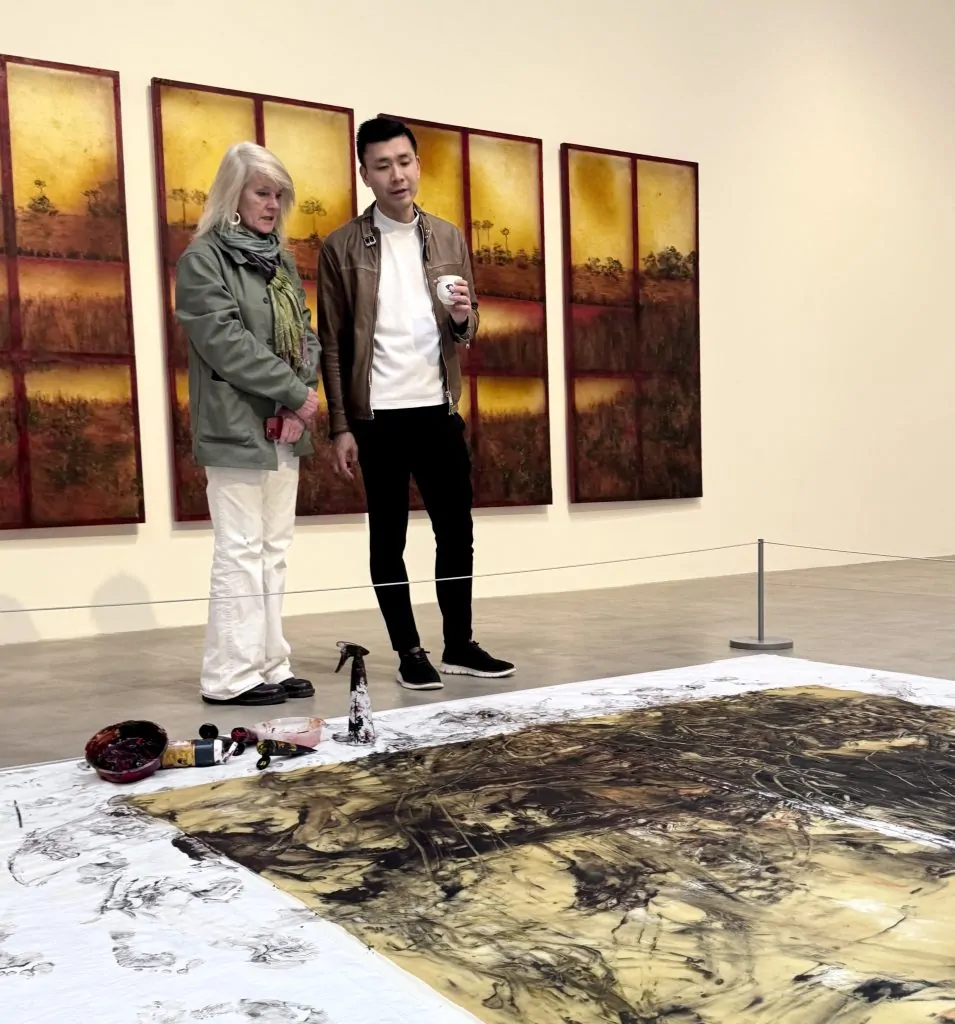
© James Marshall
So No, the Art Market Isn’t Failing
What’s faltering is the assumption that you can buy loyalty with a £10K dinner. That if the price is
high enough, the interest will follow. But that model has become the norm, and when something becomes a norm – the opposite becomes more desirable.
Perhaps the stable, traditional art market is the norm, and what collectors want now is change. Let’s listen instead of flogging dead horses (or artists).


